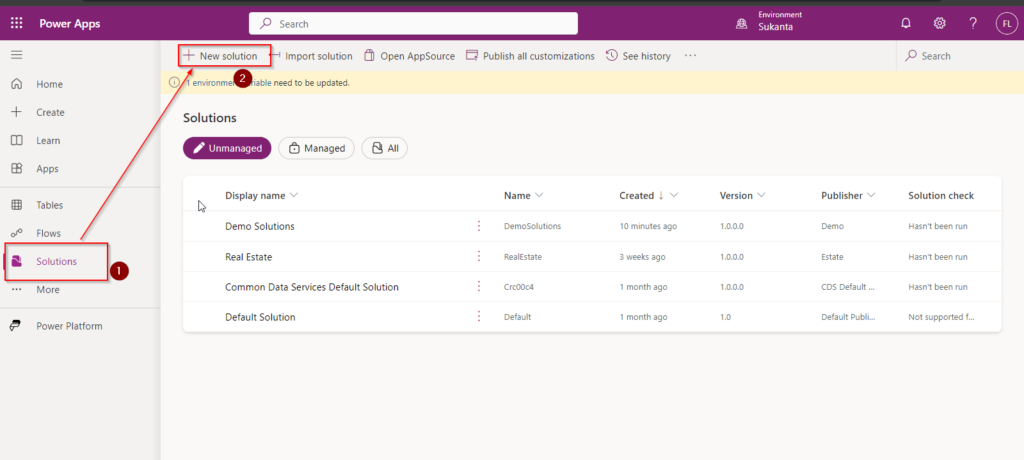Differences between Managed and Un-managed Solution

Introduction:
Dynamics 365 offers a powerful solution framework that allows businesses to customize and extend the platform according to their unique needs. When working with solutions in Dynamics 365, understanding the differences between managed and unmanaged solutions is crucial for effective customization and deployment. In this blog post, we’ll explore the distinctions between managed and unmanaged solutions, helping you make informed decisions in your Dynamics 365 implementation.
This bellow link will helps you
First Of all you should able to know about solutions Before going to Managed And Unmanaged Solutions
What is solution in Dataverse?
- Solutions are how customizers and developers author, package, and maintain units of software that extend Microsoft Dataverse.
- Solution is a Container of Components
It is of Two Types:-
Managed Solution:
- Managed solutions are packaged solutions that are intended for distribution and installation in other environments.
- These solutions are typically created by Independent Software Vendors (ISVs) or by organizations for distribution across different instances.
Unmanaged Solution:
- Unmanaged solutions are more flexible and are primarily used for customization and development within a single environment.
- They allow organizations to freely modify components, making them suitable for in-house development and testing.
See the bellow steps how to create a Solution.


Differences between Managed and Un-managed Solution:
Managed Solution:
- Managed solution is a Production-ready Solution.
- In Managed solution Roll-back Supported.
- Managed properties.
- You can’t changed any components in managed solutions.
- By deleting the managed solution all the components in the solutions will also be uninstalled.
- If the solution is removed all the customizations of the solution will be removed.
- Managed solution can be overridden by other new version of same managed solution.
Unmanaged Solution:
- Unmanaged solution is a Under development Solution.
- In Unmanaged solutions Roll-back is not Supported.
- Do not have any Managed properties.
- Unmanaged solutions allow the components to be modified after it is imported.
- Components can be added and removed.
- Can Export and Import the unmanaged solution.
- If the solution is removed all the customizations of the solution will not be removed.
See the bellow steps How to Export a managed solution to unmanaged solution.

Conclusion:
Understanding the differences between managed and unmanaged solutions in Dynamics 365 is pivotal for effective customization and deployment strategies. Managed solutions offer a controlled and versioned approach suitable for distribution, while unmanaged solutions provide flexibility during the development and testing phases. By aligning your solution type with the intended use case and project stage, you can harness the full potential of the Dynamics 365 solution framework.
Hope it will Help you.

